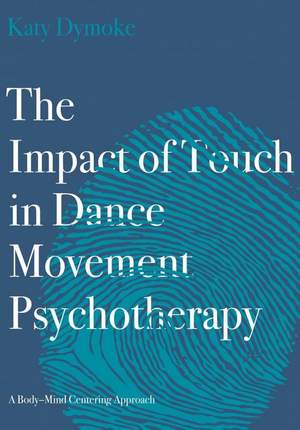This book explores the therapeutic use of touch, focusing on an in-depth case study of work in an NHS setting with a client with learning disabilities, and situating this within a wide theoretical context. This is a unique and influential study illustrating the impact of touch in dance movement psychotherapy and laying the ground for a theory on the use of touch in Dance Movement Psychotherapy (DMP).
The case study illustrates the impact of touch upon the therapeutic relationship with the use of video transcription and descriptive reflexive accounts of the session content. The case analysis sections establish the ground for a paradigm shift, and for emergent theory and methods in support of the use of touch in Dance Movement Psychotherapy and other contexts. The role touch takes is beyond its affect, which expands our understanding of its potency as an intervention. The writing is embedded in many years of practice-led-research in the field of dance and somatic practices, in particular Body-Mind Centering® and Contact Improvisation, in which touching and being touched is met with curiosity as a place of insight and revelation, beyond the bounds of taboo and social diktat.
The study considers the philosophical landscape of both touch and non-touch. This book explores and reflects upon the use of touch, considering the wider context and socially imposed perceptions that would prevent touch from taking place – including philosophical and social discourses. Through telling the story of a client case, the book offers a wealth of thought-provoking content to inspire continued dialogue.
Key strengths of this book are the depth, warmth and perceptiveness of the case history, and the way in which this is successfully linked with theory. Particular attention is paid to embodied cognition and exosystemic theory, the two leading developments of current thinking.
With the ethical, practical and philosophical content, the book will be of interest to psychotherapists, health and social care practitioners, as well as arts in health practitioners and beneficiaries in educational programs and settings.
Primary readership will be among DMP psychotherapists, body psychotherapists, drama therapists, Body Mind Centering® practitioners, arts in health practitioners, people working with clients with learning disabilities and any practitioner and researcher interested in understanding the role touch may play in the psychotherapeutic encounter.



